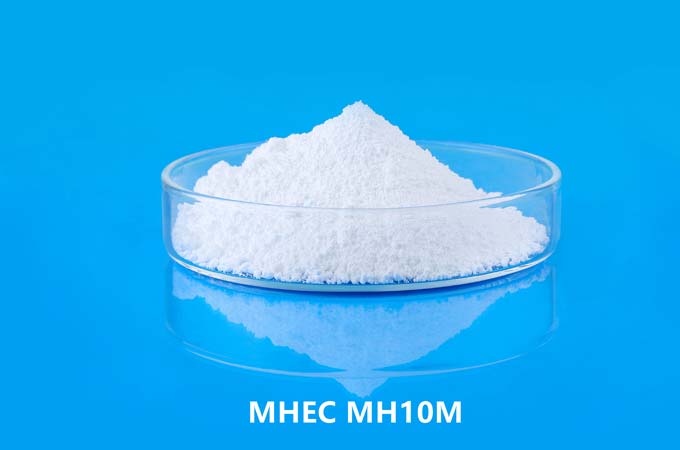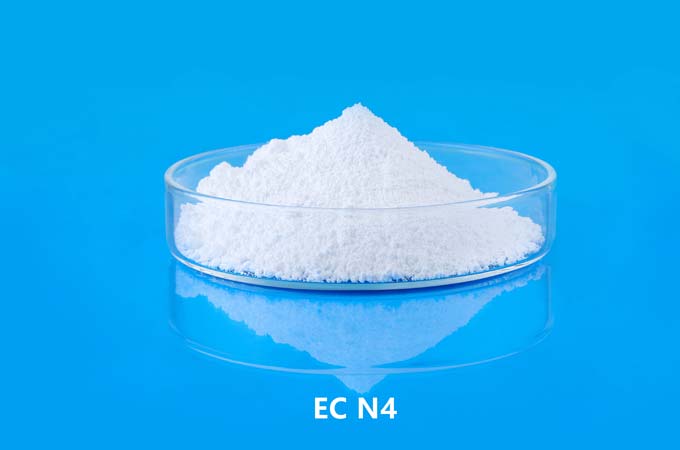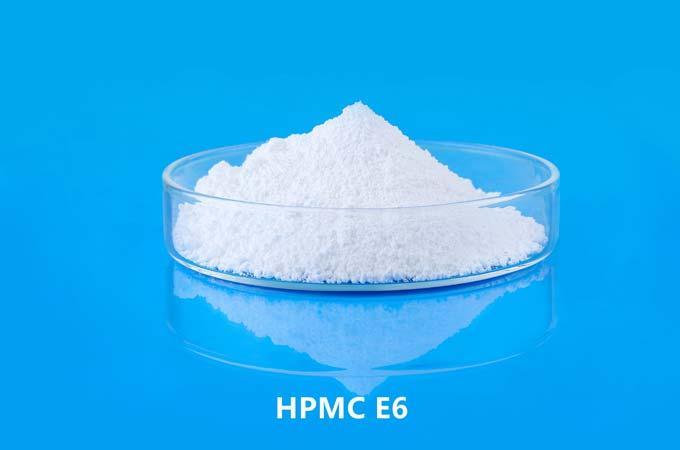The industrial product of sodium carboxymethyl cellulose is a light yellow floc with relatively stable chemical properties and is easily soluble in water.
Sodium carboxymethyl cellulose is a strong inhibitor of magnesium-containing silicate minerals such as pyroxene, serpentine, hornblende, kaolin, and chlorite. weathering products of salt minerals) also have an inhibitory effect. For the flotation of nickel ore, using sodium carboxymethyl cellulose to inhibit pyroxene and amphibole can achieve better results than water glass.
Sodium carboxymethyl cellulose is widely used to inhibit calcium silicate minerals, carbonaceous gangue and shale gangue. The inhibitory effect of cellulose is because after it reacts with mineral particles, it can combine with water through polar groups such as -O-, -OH, -COOH, and the mineral particles become hydrophilic due to its action.
Mechanism of Sodium Carboxymethyl Cellulose Inhibiting Gangue Minerals
1. Establishment of Carboxymethylcellulose Sodium Absorption Model
(1). The metal ions (ca2, M, Fe2, Fe3) on the surface of the mineral are adsorbed by the polar groups of sodium carboxymethylcellulose (one OH, one COOH) through electrostatic force.
(2). Metal ions on the mineral surface can chemically react with the carboxyl group of the inhibitor to form a strong chemical bond.
(3). The carboxyl group and hydroxyl group in the sodium carboxymethylcellulose molecule can provide protons, while the oxygen in silicate and phosphate, the carboxyl group on the surface of carbonate minerals, and the fluorine on the surface of fluorite minerals can accept minerals. Then through the generation of hydrogen bonds, some polar groups in sodium carboxymethylcellulose are adsorbed on the mineral surface, while many other hydroxyl groups associate with water through hydrogen bonds, making the mineral surface hydrophilic.
(4). The unavoidable ions adsorbed on the surface of the silicate in the slurry can undergo secondary adsorption through the carboxyl group provided by the inhibitor to form chemical bonds, thereby reducing the unavoidable ions in the slurry and achieving the purpose of preventing activation. From the molecular structure of sodium carboxymethyl cellulose, the metal ions on the mineral surface can adsorb with polar groups through electrostatic force. However, the electrostatic force is generally small, and this adsorption effect is not great.
In addition, metal ions on the mineral surface can undergo chemisorption with carboxyl groups. However, since the inhibitor is a polymer compound, the collector competes with the metal ions on the mineral surface for adsorption. Therefore, this adsorption effect is not great. And only the third way really works. A large number of one hydroxyl group and one COOH in mineral molecules such as carbonate, phosphate, silicate and fluorite form hydrogen bonds with the anion active particles on the surface, while other carboxyl groups and hydroxyl groups associate with water, making the mineral surface hydrophilic Sex, to achieve the purpose of suppression.
The test results also show that sodium carboxymethylcellulose, as an inhibitor of gangue minerals, removes most of the carbonates and phosphoric acid such as dolomite, calcite, barite, monazite, apatite, quartz, feldspar, etc. Salt minerals, and most fluorspar; most silicate minerals, such as achmatite achmite (hornblende) and biotite, are removed.
2. Discussion
The reason why sodium carboxymethylcellulose inhibits iron-containing silicate is weaker than that of carbonate, phosphate and fluorite minerals may be that alkyl hydroxamate and sodium carboxymethylcellulose compete for surface iron ions at the same time Adsorb silicate minerals and alkyl hydroxamate to form stable chelates with iron ions, thereby reducing the corrosion inhibition ability of corrosion inhibitors and making some silicate foam products. However, the chelates formed by calcium ions on the surface of carbonates and alkylhydroxamates are very unstable and easily decomposed. Therefore, in the presence of sodium carboxymethylcellulose, the collector on the carbonate surface will continuously desorb,
3. Conclusion
(1). In the sorting of niobium minerals, the carboxyl hydroxyl group in the sodium carboxymethylcellulose molecule is not only fixed on the surface of the suppressed minerals, but also acts as a hydrophilic group. The carboxyl and hydroxyl groups in its molecule, by providing protons, can combine with oxygen in silicate and phosphate, carboxyl on the surface of carbonate minerals, and fluorine on the surface of fluorite minerals to form hydrogen bonds, so carboxymethyl cellulose Some of the polar groups in sodium will be adsorbed on the mineral surface, while many other hydroxyl groups will associate with water through hydrogen bonds, making the mineral surface hydrophilic.
(2). Sodium carboxymethyl cellulose is an effective inhibitor of gangue minerals such as carbonate, fluorite, and phosphate minerals in the sorting of niobium minerals.
(3). In order to remove the vast majority of iron-containing silicate minerals, the combined use of sodium carboxymethylcellulose and other inhibitors should be considered.
 English
English 日本語
日本語 français
français Deutsch
Deutsch Español
Español italiano
italiano русский
русский português
português العربية
العربية Türkçe
Türkçe Nederland
Nederland



